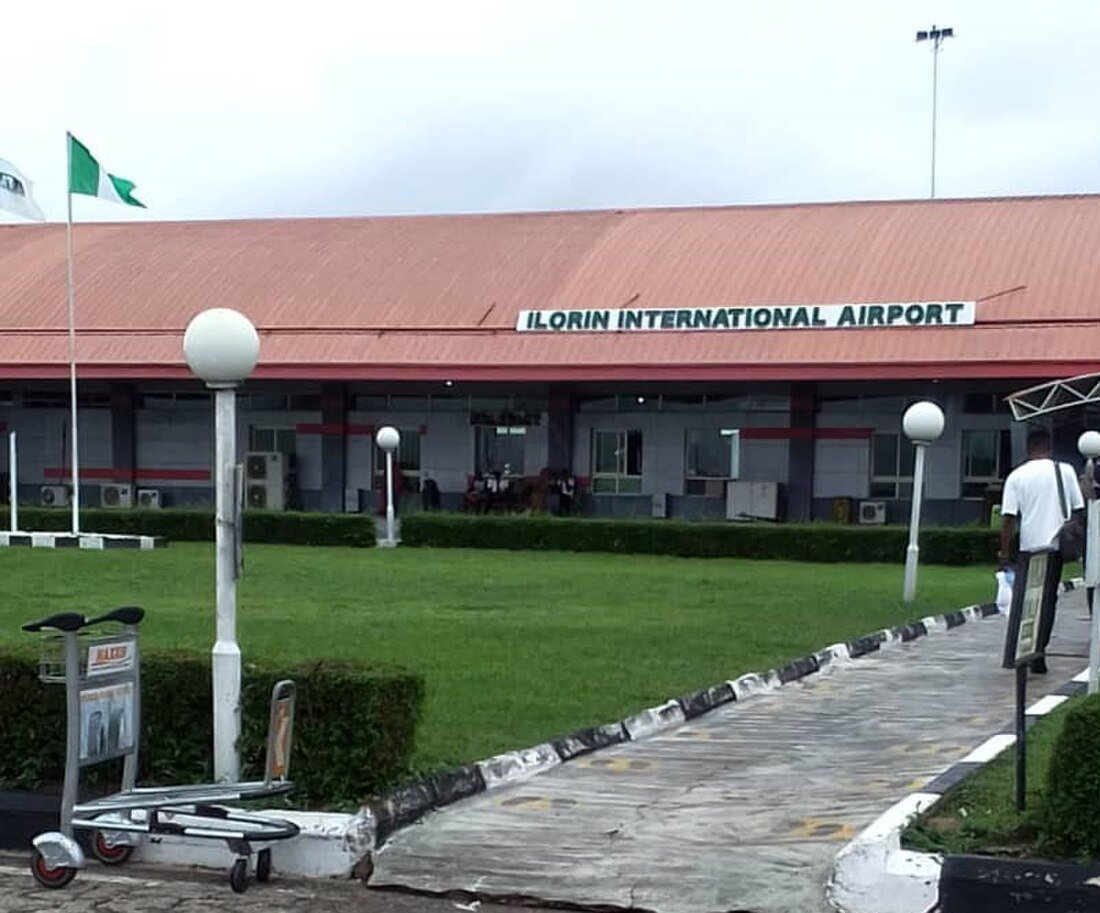Across China: As rural creativity flourishes, China's countryside finds its own distinctive voice-Xinhua
BEIJING, May 25 (Xinhua) -- For decades, as Chinese farmers toiled beneath the sun to scrape by, artistic expression was often deemed an unattainable luxury -- a privilege beyond their grasp. One reason, among many, lay in the scarcity of opportunities and the pervasive lack of confidence.
Yet now, a vibrant new cultural epoch is unfolding across China's rural hinterlands, as the untapped creativity of the land bursts onto national -- and increasingly global -- stages.
In Xinzhai Township, east China's Shandong Province, an all-farmer art troupe named Baihua has become a staple of the local open-air stage. Guo Cheng, a lifelong villager and the group's leader, recalls how it all began: a shared love of local opera "Bangzi," and five neighbors gathering after a day's farmwork.
Today, the troupe has more than 50 members who write and perform their own songs about rural life, government policy, and community stories."We sing what we live," Guo said. "It's straight from the heart."
Baihua's performances, livestreamed to tens of thousands, have earned invitations to stages across the region -- their next stop: the provincial capital city of Jinan. "We used to wait for city troupes to come perform. Now we're the ones bringing the show," Guo said.
ARTISTS WITH CALLOUSED HANDS
All over rural China, farmers like Guo are stepping into the spotlight. From folk opera to paintings and embroidery, art created by villagers is gaining recognition for its authenticity and grassroots origin.
"Their works are real," said Ning Chuanmin, Party chief of Xinzhai Township. "That's what makes people watch and listen."
Similar stories are flourishing thousands of miles away. In Qijiang District, southwestern city of Chongqing, a farmer named Liu Qinfo spends his days hoeing fields and his nights tapping into his creative side by carving woodblocks.
Since attending a free workshop on Qijiang Farmers' Printmaking -- an intangible cultural heritage tradition dating back to the 14th century -- eight years ago, Liu has found an outlet for his passion for painting, capturing the transformation of rural life with burins in dozens of his works.
"We farmers live the stories -- and now we're telling them," he said.
Qijiang is now home to over 1,000 farmer printmakers, some of whom have been invited to more than 40 countries for cultural exchanges. Over 1,500 of their works have been showcased in art institutions both in China and around the world.
This wave of creativity reflects a broader shift from top-down cultural outreach to community-driven expression.
Since declaring victory over extreme poverty in 2021, China has prioritized cultural development as a key pillar of rural revitalization. A new blueprint for building China into an agricultural powerhouse over the period of 2024 to 2035, released in April, calls for expanding public cultural services, empowering local artists, and promoting works rooted in rural life and values.
"Material progress and cultural development go hand in hand," noted Liu Hanjun, a visiting professor at Wuhan University. "As living standards rise, Chinese farmers' desire for a richer cultural life grows stronger, laying a solid foundation for rural cultural development."
A HERITAGE REBORN
Liu Hanjun also emphasized the importance of mutual support and two-way resource exchange between urban and rural areas to preserve and renew the cultural heritage of the countryside.
The revival of rural culture also means safeguarding heritage -- not as relics under glass, but as living, evolving traditions.
In Wenggong Village, nestled in southwest China's Guizhou Province, Wang Xiaomei -- a veteran culture journalist -- transformed her ancestral home into a museum in 2018. Today, it showcases more than 6,000 pieces of traditional ethnic craftsmanship, including batik, embroidery, and other artifacts collected from villagers across 80 counties in the province.
"Rural revitalization isn't just about roads and buildings," Wang said. "It's about restoring cultural confidence."
The museum now hosts around 100 events a year for both visitors and locals -- from craft workshops and oral history sessions to concerts and reading nights. It has become the village's cultural living room, a space for celebration, connection, and learning.
Its staff are all farmer-artisans. Among them is Jiang Min, a 43-year-old villager who trained at the museum and now leads batik workshops for visitors. "Since the museum opened, the village has come alive," she says.
Unlike city institutions, rural museums are deeply rooted in the rhythms of agriculture and village life, said An Laishun, vice president of the International Council of Museums. "They strengthen connections between villagers and their culture and attract visitors."
CULTURE THAT PAYS
In eastern Zhejiang Province, the cultural revival of the countryside is also giving a major boost to real income.
A provincial initiative has dispatched more than 1,500 cultural experts -- from university professors to master artisans -- to rural areas. Their mission: help villages design projects that rediscover and tap into local heritage, creating lasting value for their people.
Wu Maoying, a professor from Zhejiang University, helped revive Xitou Village's thousand-year-old celadon pottery tradition. Under her guidance, locals turned an ancient kiln-opening ritual into an immersive tourist experience. Visitors now join villagers in crafting and firing celadon ware.
The initiative has sparked a cultural and economic boom. Xitou welcomed over 100,000 visitors in 2024 and was named one of the UN World Tourism Organization's "Best Tourism Villages." Residents have formed artisan workshops and performance troupes, with sales of cultural products surging.
"Villagers used to hide their talents," says Wu. "Now they're performing across the province. Their pride in their culture has grown immensely."
Since its launch, the initiative has helped generate over 145 million yuan (about 20 million U.S. dollars) in income through cultural tourism and creative industries in the province.
Yu Jinhong, Party chief of Xinjian Village in Zhejiang, emphasized how cultural programs have lifted the community's spirit. "Our village has become a work of art -- and we are the artists behind it." ■










